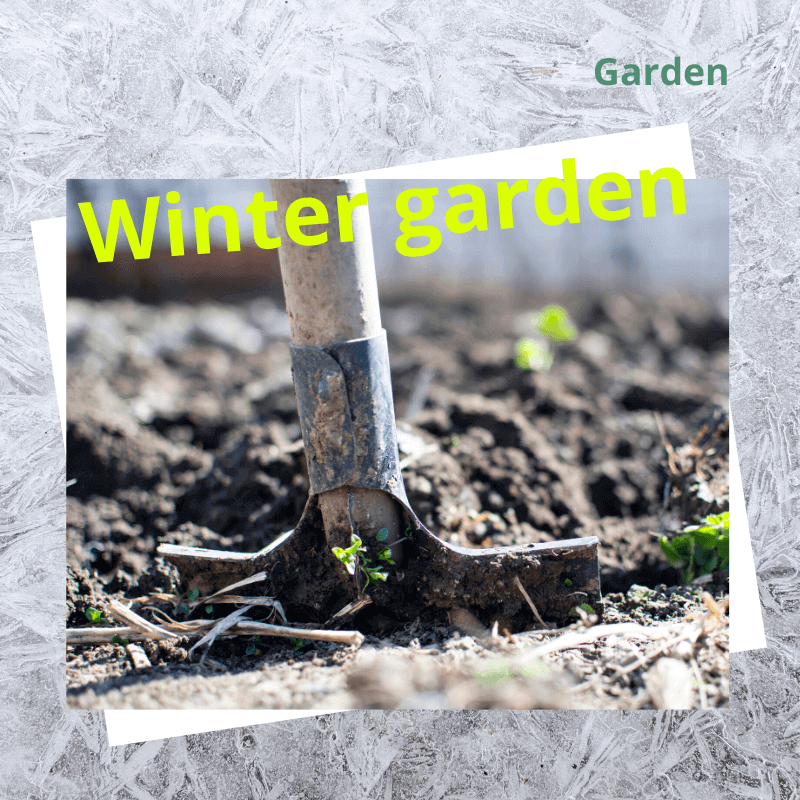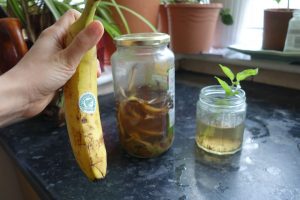1. Make leaf mould mulch: provide a perfect damp habitat for beetles and amphibians by rotting down autumn leaves into leaf mould. Punch old compost bags full of holes, fill with leaves, then sprinkle with water, shake and tie. Next autumn, use it to mulch your borders. To help prepare your garden for next winter.
2. Mulch borders: Mulching borders with organic matter such as horse manure and leaf mould will generate food for birds. You’ll soon notice robins and blackbirds feasting on the worms and other creatures among the mulch.
3. Turn nestboxes into roosts: On the coldest nights, some birds roost together to keep warm. Make life easier for them by transforming your bird nestboxes into cosy winter roosts by stuffing them with straw, hay or dry autumn leaves.
4. Leave seedheads intact: Seedheads not only provide food for birds,
5. Don’t turn the soil: A wide range of species winter underground, including bumblebees, slow worms and moth pupae, so try to avoid doing any digging until mid-spring. Provide pots of nectar-rich flowers – grape hyacinths, winter aconites, crocuses – for when the bees wake up hungry. Five more tips to come!

What if I only have a balcony?
Even if you don’t have a garden to prepare for winter then there are plenty of things you can do on your balcony to help make it more eco-friendly. You can have a bird feeder for when food gets scarce for birds when it becomes cold. A bee B&B can be a very useful addition and doesn’t take up much space. Ideal for solitary bees where they can make their nests and lay eggs. You can buy them ready made or have a go yourself. Or perhaps you can have a small wormery to put any food waste in. This produces great natural fertiliser for your plants too!
[taken from Action – WWF Magazine – Autumn 2019 – https://www.wwf.org.uk]
Make a more eco-friendly garden for the winter




